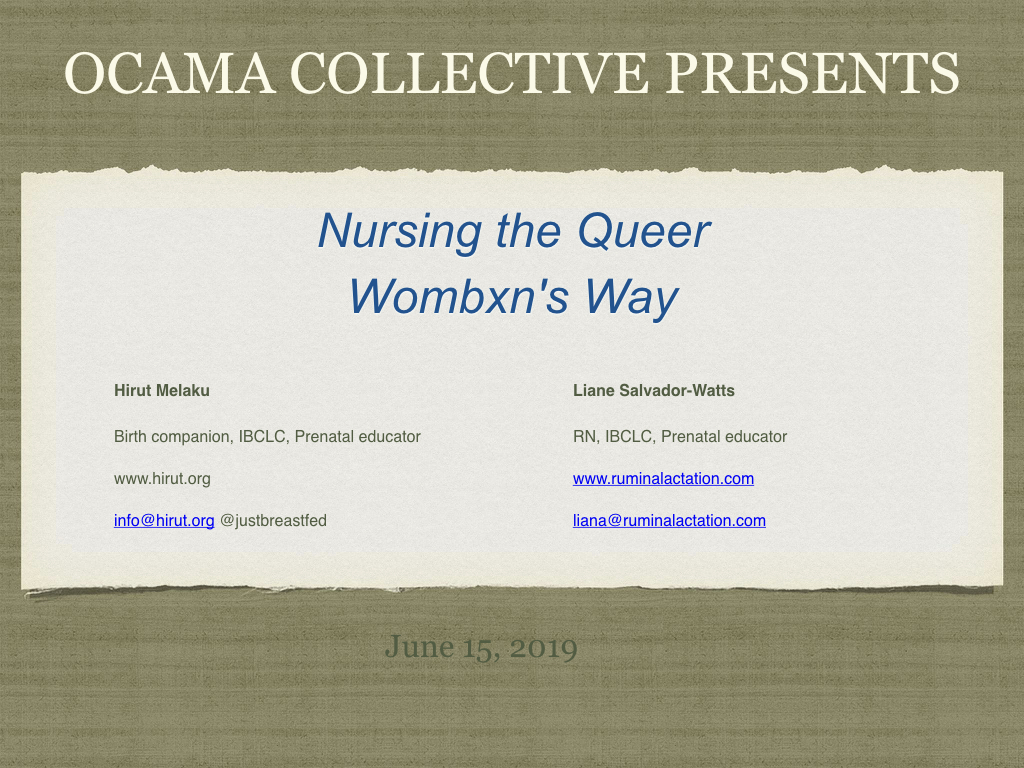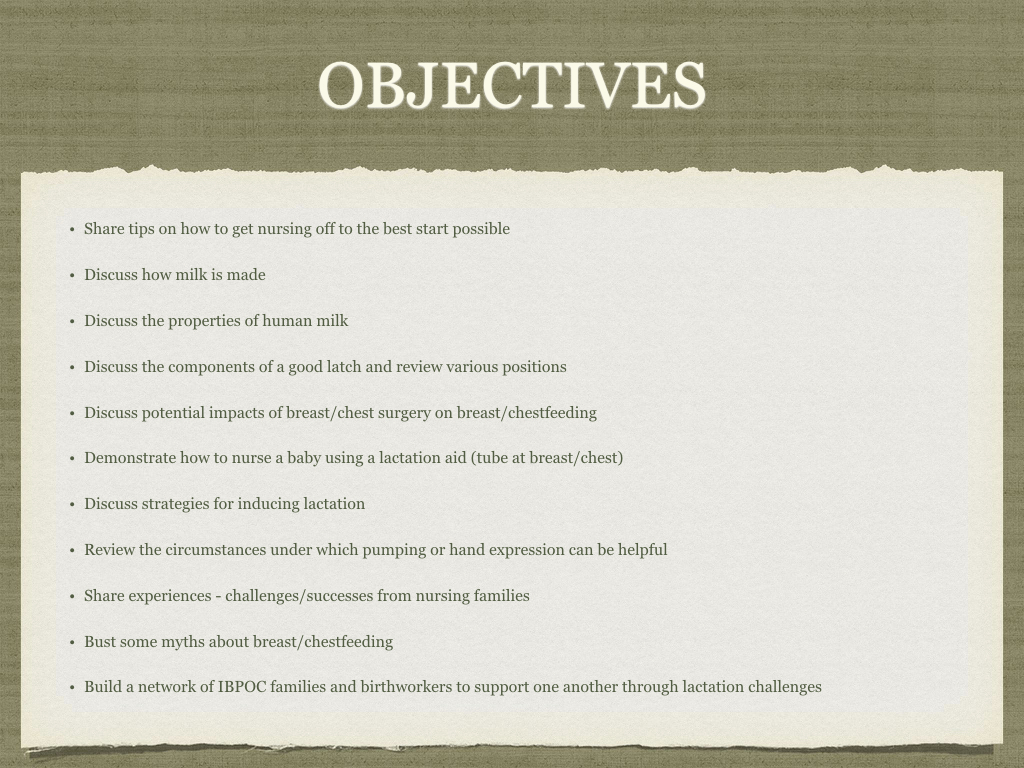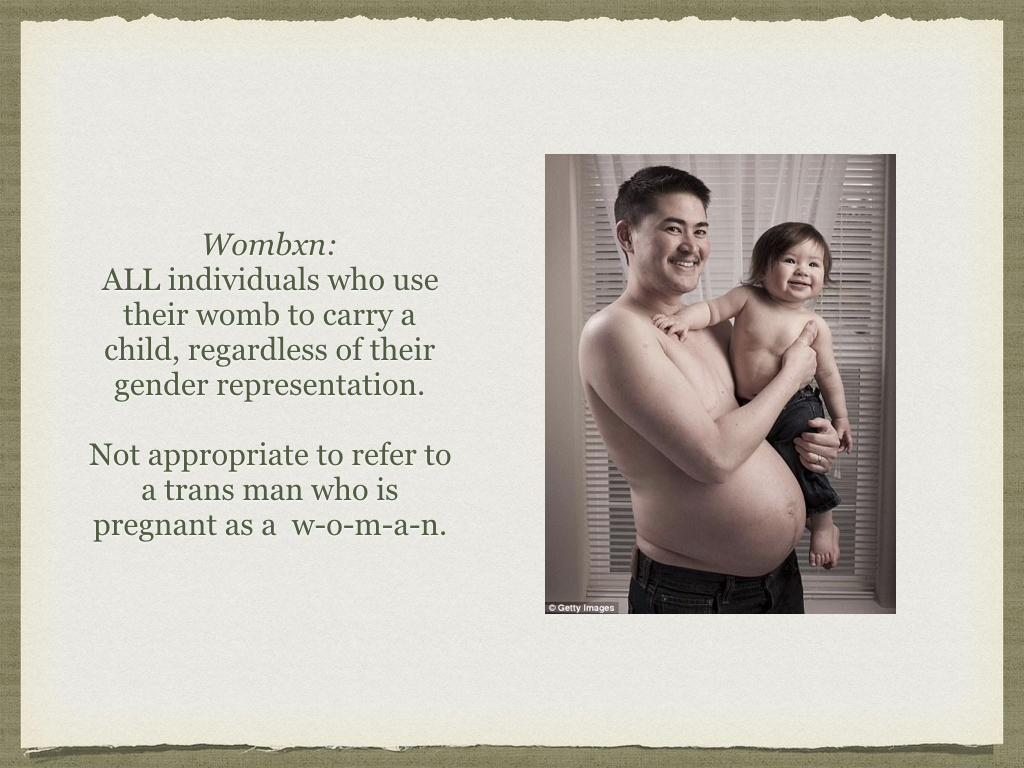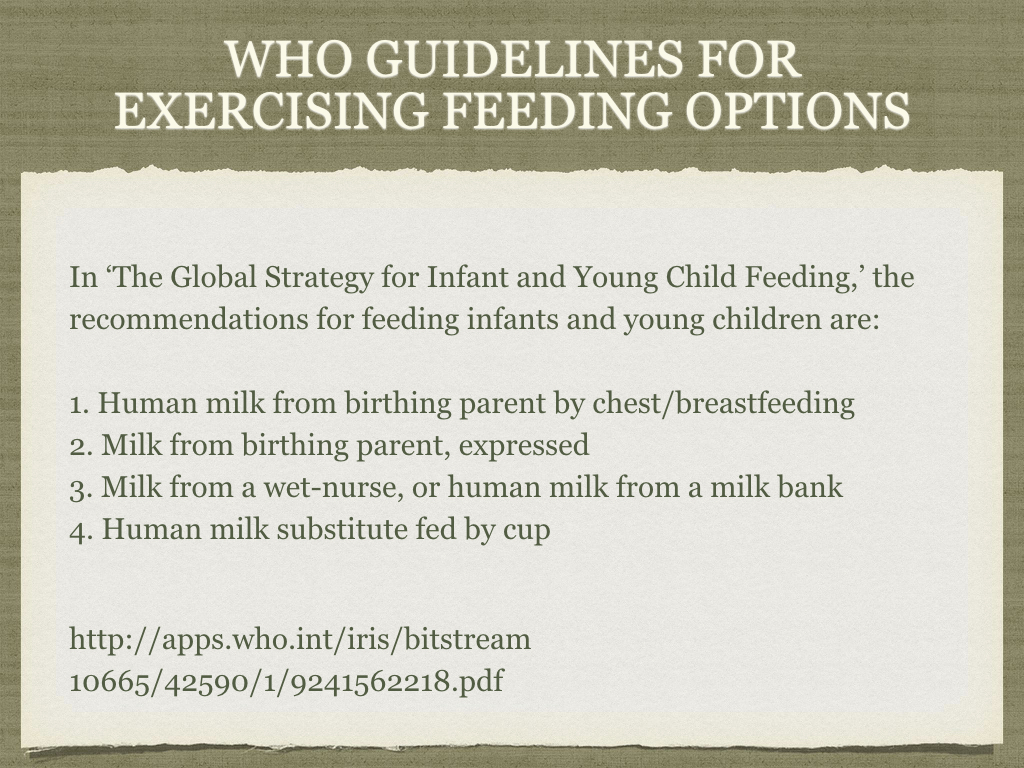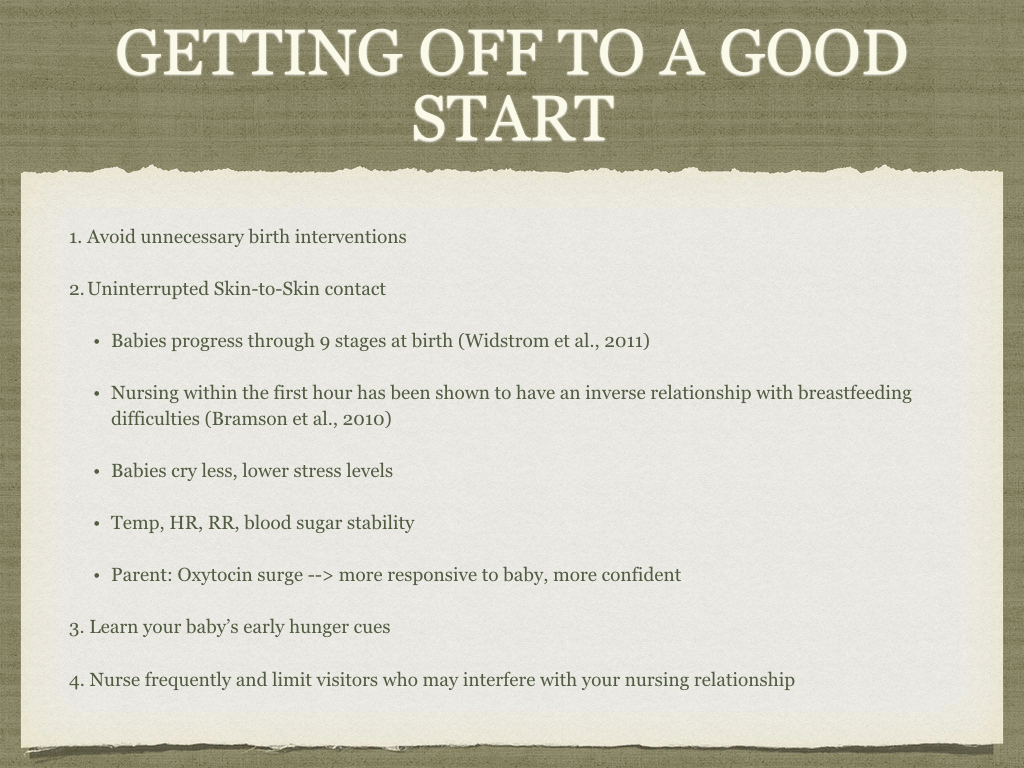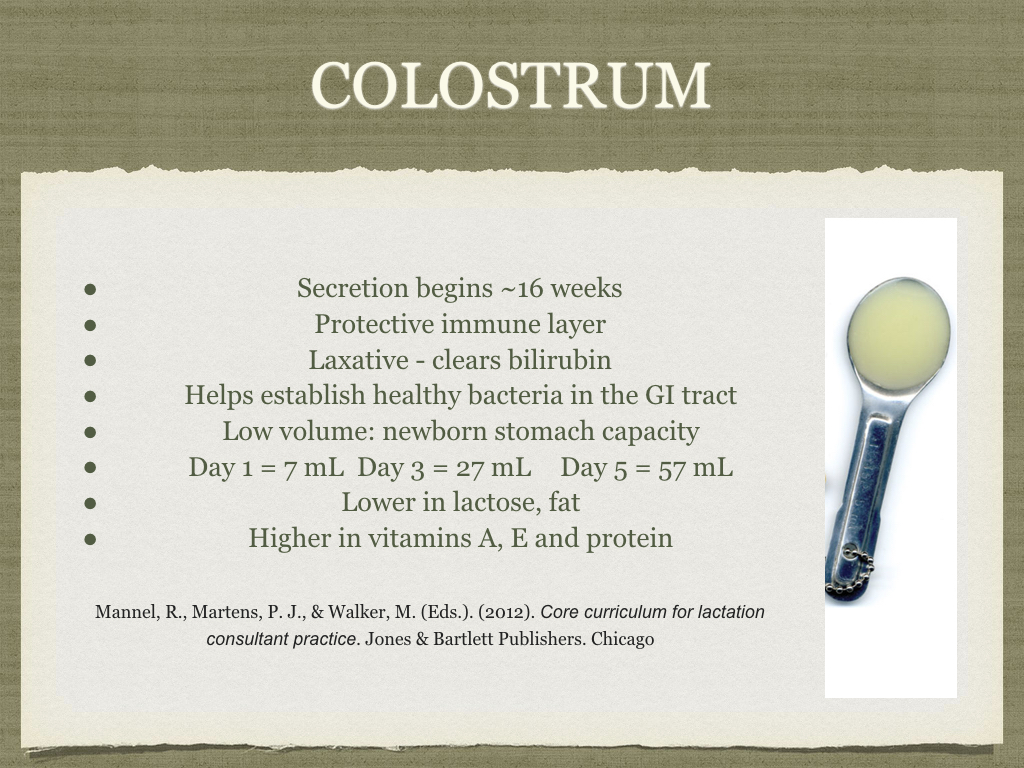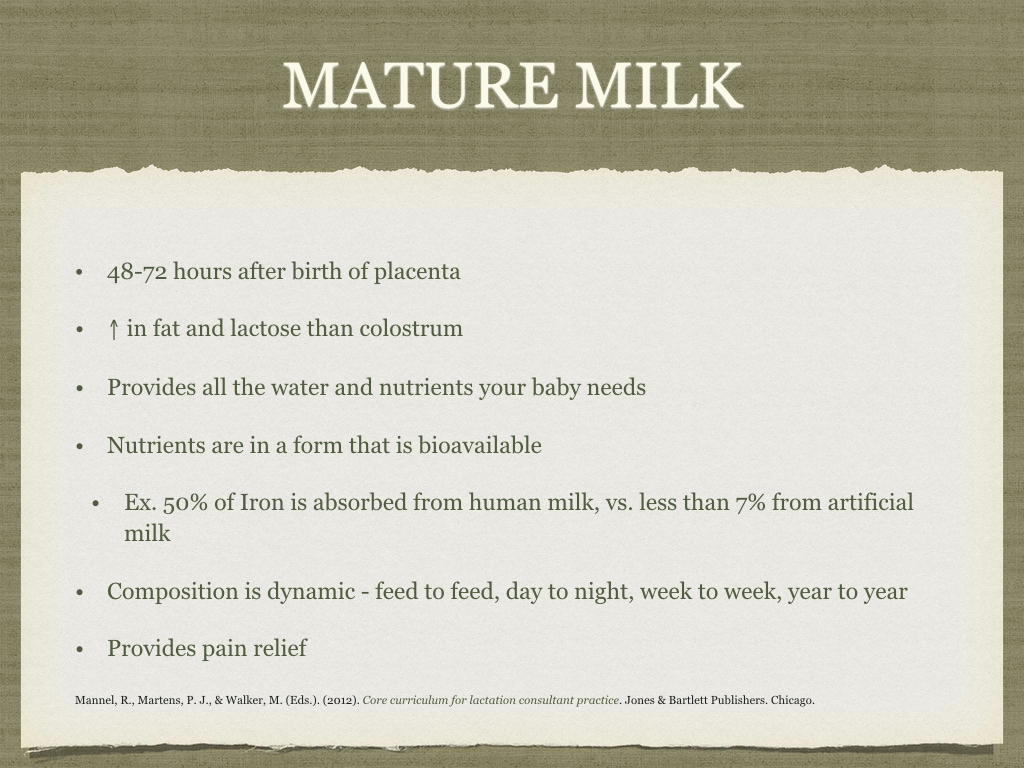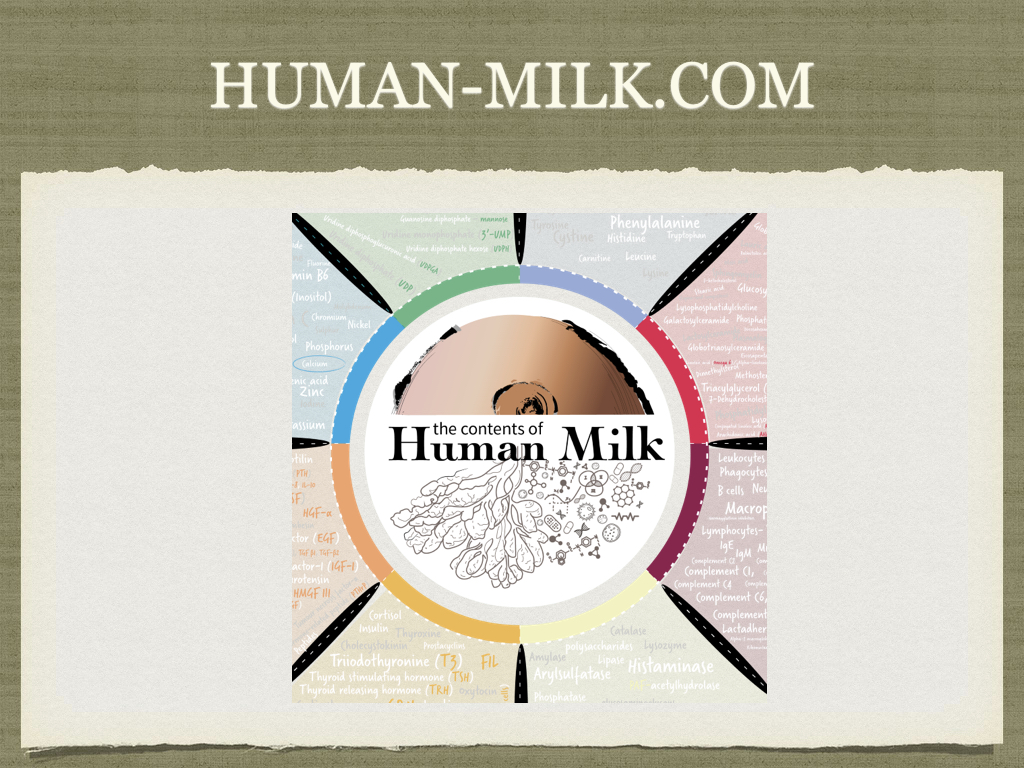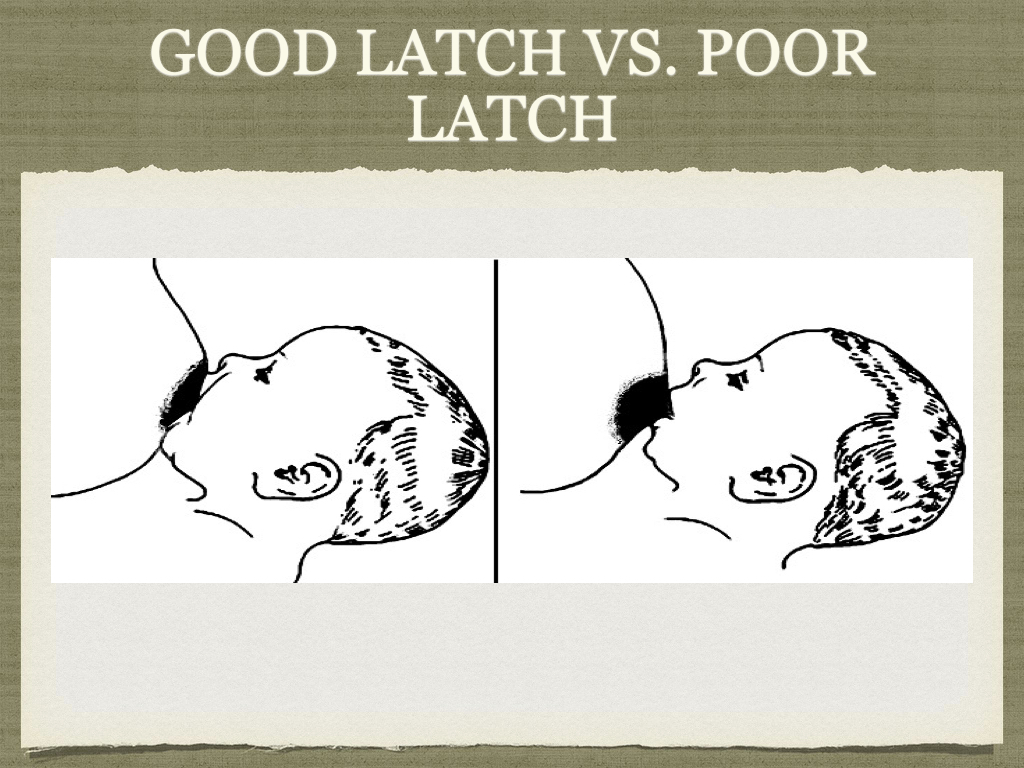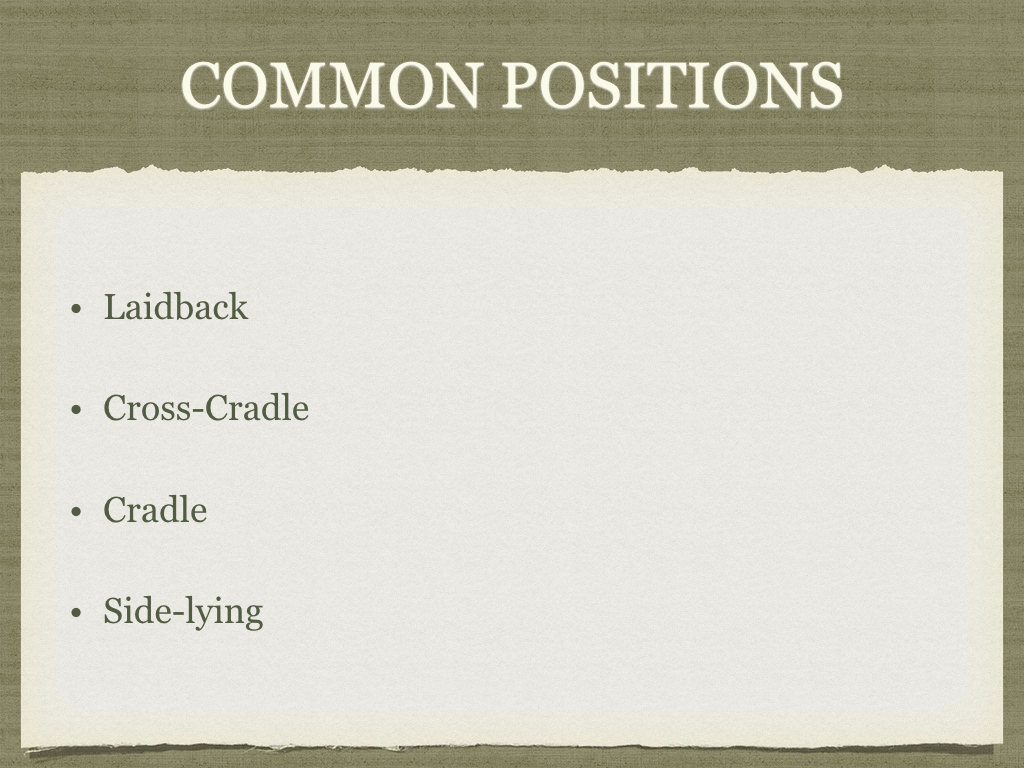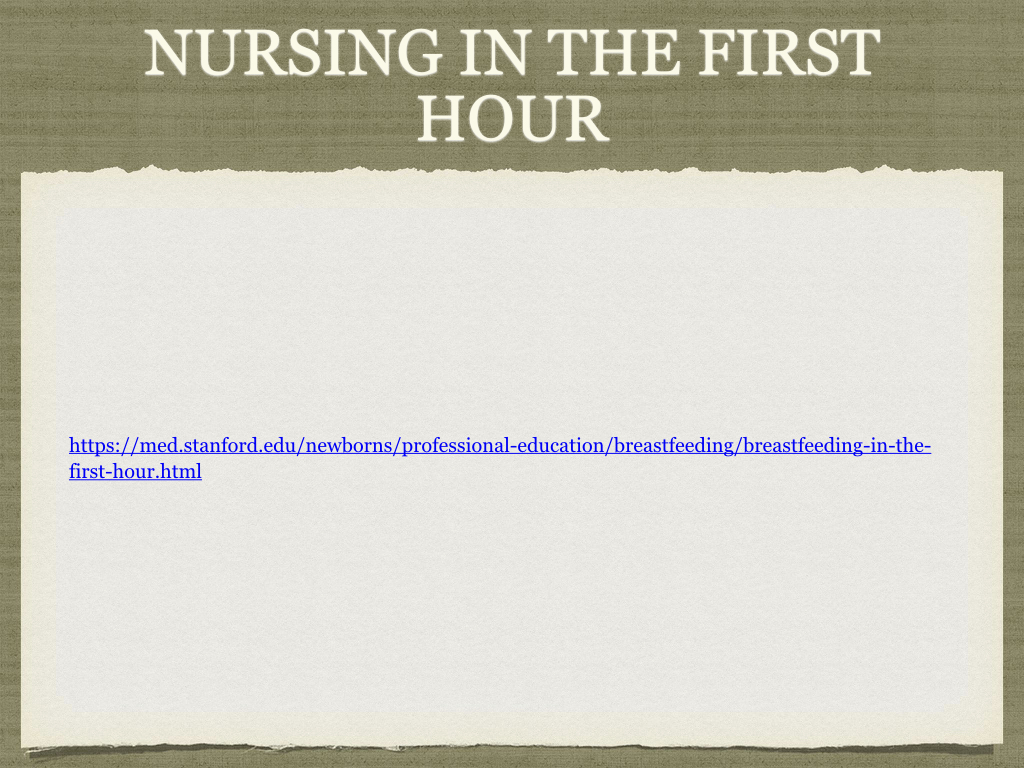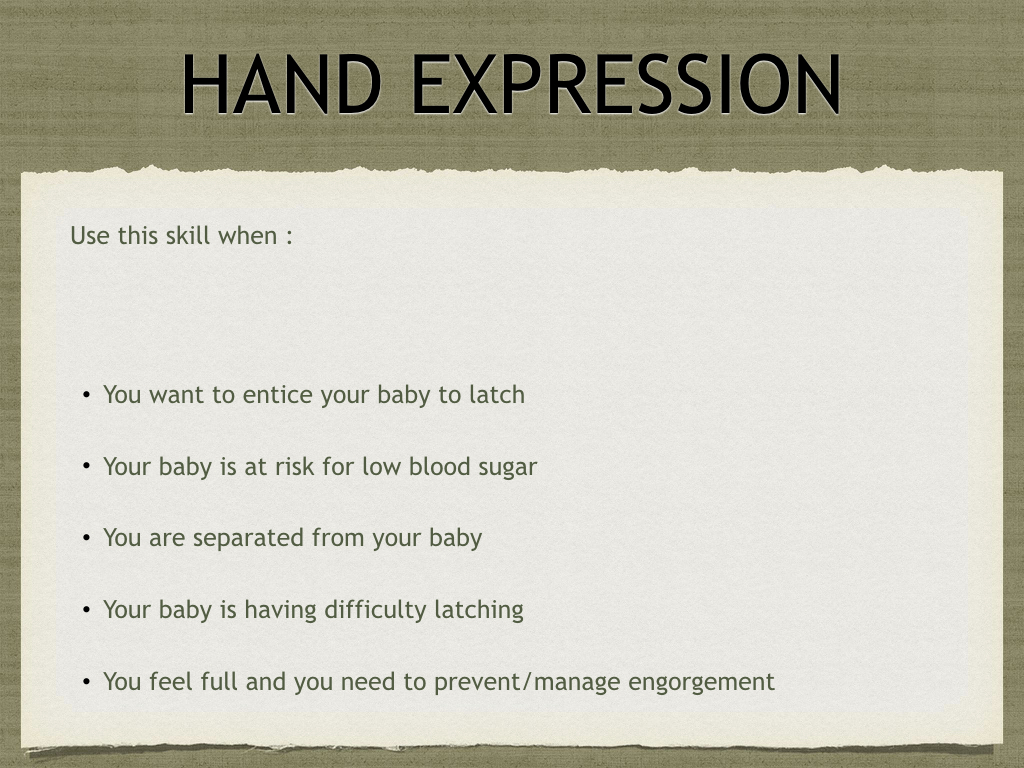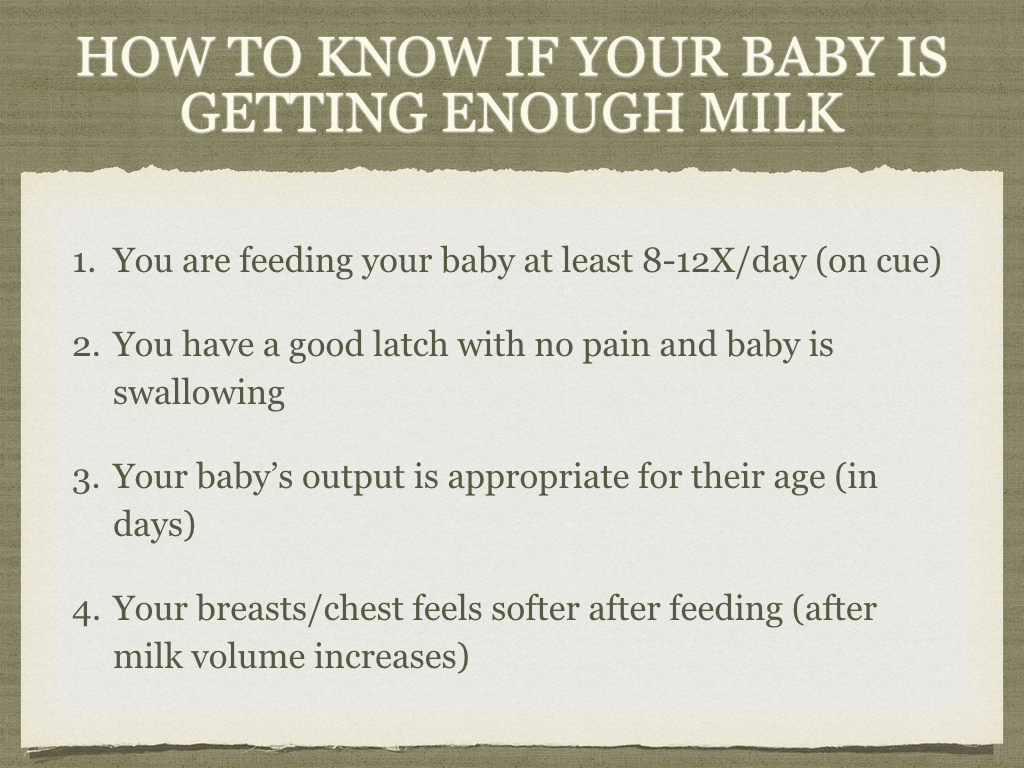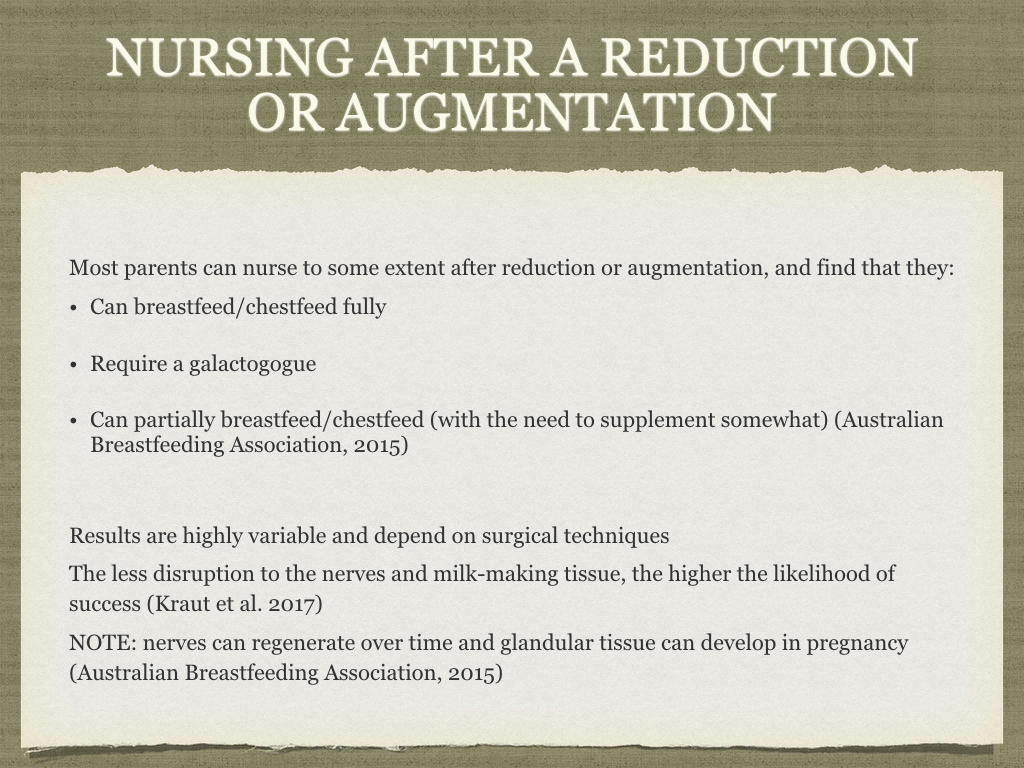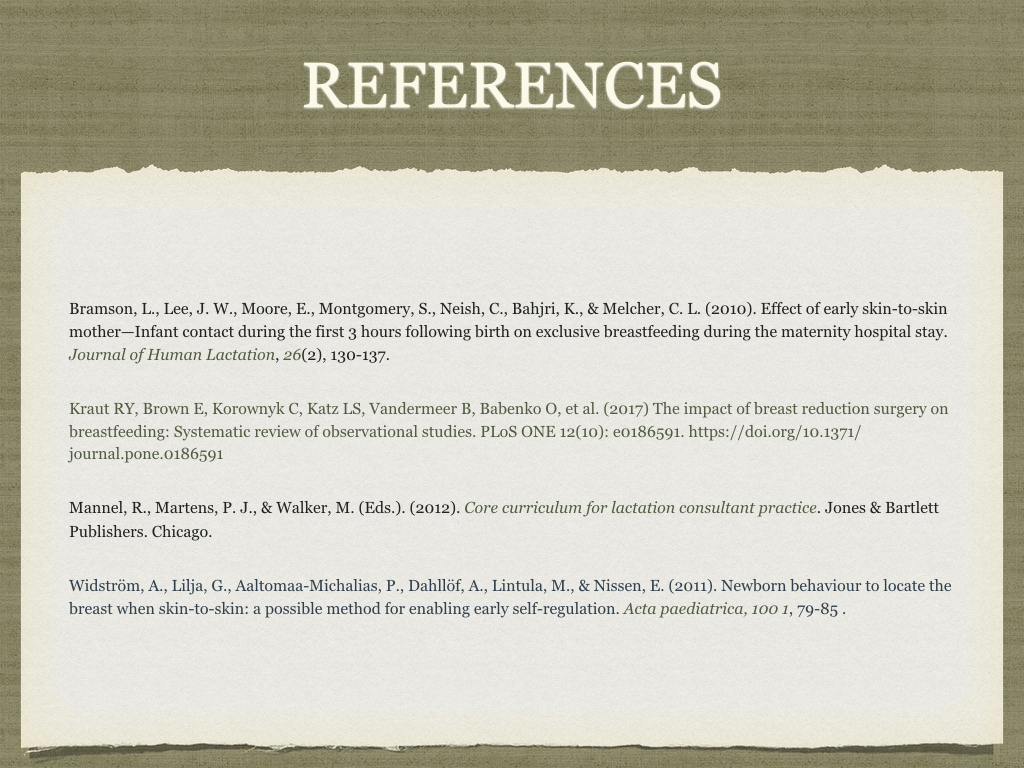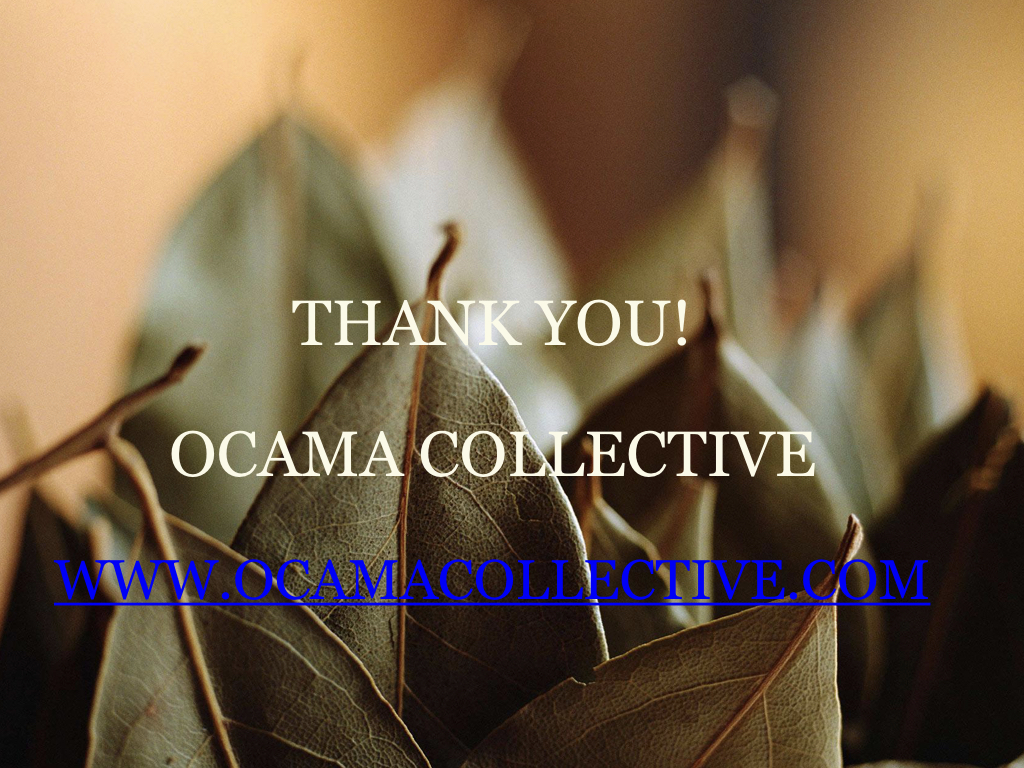The Convention on the Rights of the Child adopted by the UN General Assembly in 1989 recognizes access to human milk as an essential component of a child's right to optimal health and development. In Article 24, the Convention states:
2(f) Parties shall pursue full implementation of this right and, in particular, shall take appropriate measures….to ensure that all the segments of society, in particular parents and children are informed, have access to education and are supported in the use of basic knowledge of child health and nutrition, [and] the advantages of breastfeeding.
Western patriarchal medical model
In its current design, the Western patriarchal medical model of lactation care may in fact be more harmful than helpful to Black families because it uses an individualistic lens, and focuses solely on the parent/baby dyad. Promoting breastfeeding and chest feeding without access to adequate support and community-based education has contributed to families being unable to fulfill their nursing objectives. Consequently, parents may end up feeling like a "failure" and internalizing the problem as being with them and questioning their competency as a parent.
We need to replace this individualistic approach with a model of care that includes educating the extended family and the community on how to advocate for a child's' right to human milk. This conversation would involve educating them about how slavery and colonialism may have shaped their [mis]understanding of what is best for the child and nursing parent.
We know that enslaved women were not able to nurse their babies on demand because they were forced to work, and most notably the child became the property of the slave master. What does it mean to bring a Black child into this world, and love them knowing that they can be taken away from the family at any given moment through state sanctioned violence? How can we make parents feel that preparing the Black child to be independent in this society, with all its ailments, starts by putting the baby skin-to-skin and nursing on demand, even as their immediate circle may scold them for “spoiling” the baby? How can we build a movement within the Black community so that we all come to believe that there is an alternative to “hardening” Black children as soon as they’re born in order to survive in a white supremacist world?
Until white supremacy is dismantled to give space to other forms of governance, Black women and birthing individuals are left feeling and fearing the violence that stems from being in a Black body. That state of alertness is constant and does not go away during pregnancy. In fact, for Black birthing parents in North America, part of nest building in preparation for a new infant means grieving the fact that no matter how many precautions one may take, one will be bringing into this world an innocent child who will be dehumanized, feared and assaulted or killed for no other reason other than being Black. In a recent study, Listening to Black Women and Girls: Lived Experiences of Adultification Bias the authors explain:
"families and communities intentionally instill maturity, strength, and independence in Black girls as tools to help them counteract the structural and intersectional racism they will face. Participants noted that Black women, in particular, pass down to their daughters the expectation that they will experience adultification bias and teach their girls to behave more like adults in response, as a proactive and protective means of helping Black girls thrive despite societal and structural inequities." (Blake and Epstein, 2019)
Why a movement?
If we don't create a movement that centers our community, children of African descent will continue to experience a significant amount of higher preventative medical interventions (for eg. diabetes, respiratory illness, obesity) compared to their white counterparts due to the risks related to artificial feeding. Without a concrete plan that takes into account the specific needs of Black communities, those who will have access to and benefit from human milk will be educated, white, middle-class, and in “traditional” heterosexual relationships.
This movement must begin by acknowledging that the Black baby has a right to be treated as a child.
I believe that we need to support Black moms and parents bring the baby to the breast and skin, and to love without attachment - accepting that one is unable to protect one's child - as an alternative to fear based parenting. Loving in a non-attached way is an invitation to families to prioritize nurturing children's emotional and spiritual needs, enabling them to feel safe and free.
Ruth King, Insight Meditation teacher and author, writes: "Deep letting go can bring us to a place where we may feel the groundlessness of our being. This can be very terrifying, so we hold on. But if we can move beyond the fear, we may see that these feelings are really the precursor to freedom… The focus is not on what’s actually happening in our life, but on how we’re relating to what’s happening and our attachment to it– our attachment to not liking it or our attachment to wanting it to be different. That’s our form. That’s our suffering."
The antidote to fear is love.
Hirut Melaku is a trainer, birth companion and lactation consultant (IBCLC). More information here.


